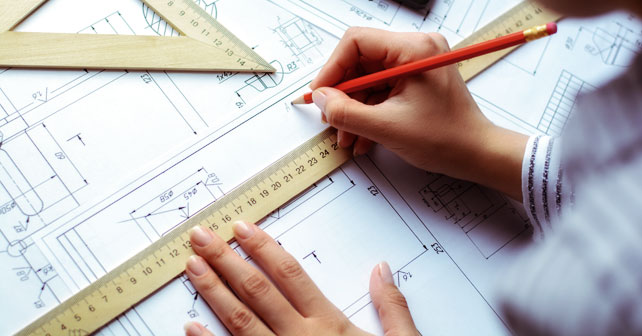Blending engineering precision with creative landscape solutions is an innovative approach that brings together the best of both fields to design functional, aesthetically pleasing, and sustainable outdoor spaces. Engineering expertise ensures the precision needed for structural integrity, drainage, and long-term durability, while creativity in landscaping adds an artistic dimension, making each space unique and engaging. In this partnership, the precision of engineering creates the framework within which landscape design thrives, allowing for spaces that are both visually stunning and highly practical. The process begins with understanding the site, its environmental factors, and the client’s needs. Engineers assess factors such as soil type, water flow, topography, and climate conditions, ensuring that all these elements are addressed in the design. This scientific approach guarantees that structures like retaining walls, pathways, and water features are stable and efficient, with longevity built into every aspect. The engineering groundwork is invisible but indispensable ensuring that the land’s natural challenges are respected and enhanced.

Once the engineering base is established, creative landscape designers weave their vision into the space. They incorporate diverse plantings, textures, colors, and shapes to craft visually dynamic outdoor environments. The integration of design elements such as flowering plants, trees, and artistic sculptures allows for spaces that not only serve a functional purpose but also evoke emotion and inspiration. Thoughtful plant placement and the use of native species promote biodiversity and environmental health, encouraging a harmonious relationship between the built environment and nature. What makes this blending truly powerful is the collaboration between the two disciplines. The landscape designer might propose an organic, curving path that meanders through the space, while the engineer ensures that the path is constructed with materials that hold up under weather conditions, ensuring both comfort and safety. The landscape architect might envision a dramatic water feature, and the engineer’s input will make certain the system operates smoothly, with proper drainage and water recycling systems that minimize waste.
The fusion of these disciplines also plays a significant role in sustainability. For example, engineers can design systems for water conservation, such as rainwater harvesting or irrigation techniques that use minimal resources. Designers, on the other hand, can integrate drought-resistant plants or xeriscaping to further reduce the environmental footprint. Together, they ensure that the landscape is not just a beautiful addition but also a responsible one, aligned with the principles of sustainability and environmental stewardship and go and visit here in designrelated.com. Ultimately, blending engineering precision with creative landscape solutions creates spaces that are more than just pretty settings they are safe, functional, sustainable, and inspiring environments that enhance the quality of life for those who experience them. Whether designing a public park, a private garden, or a commercial space, the marriage of technical skill and artistic vision results in a harmonious, balanced outcome that serves both human needs and the environment.
